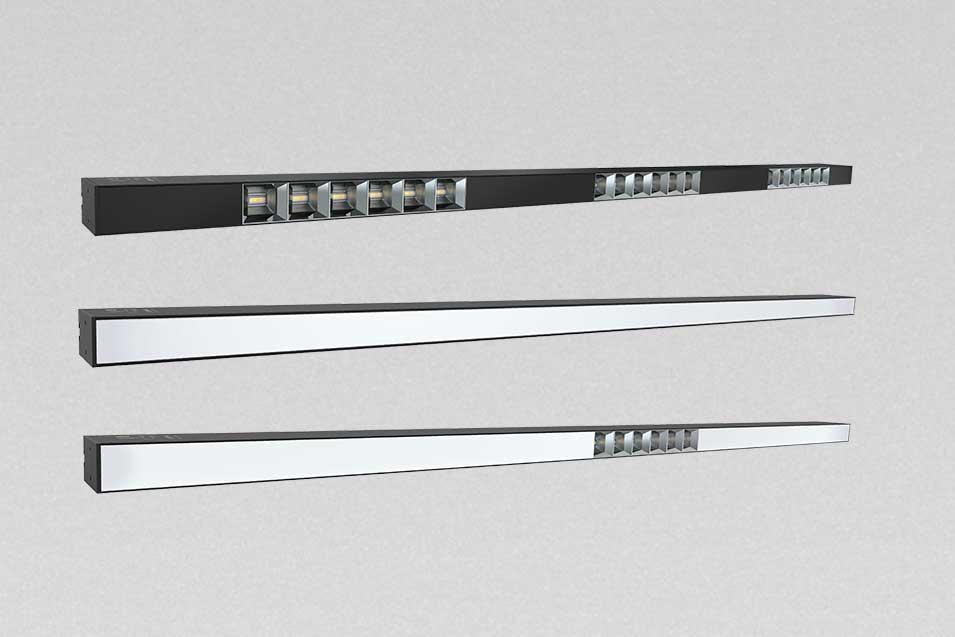
Everything You Should Know About Pendant Lighting
Introduction
Lighting is not just about illumination; it’s about setting the mood, enhancing décor, and making a statement. Among the myriad options available, pendant lighting stands out as a versatile and stylish choice that can transform any space. In this post, we’ll delve into the world of pendant lighting, offering insights and tips to help you make the most of these stunning fixtures.
- What is Pendant Lighting? Pendant lights are fixtures that hang from the ceiling, suspended by cords, chains, or metal rods. They come in various sizes, shapes, and designs, ranging from simple single-bulb fixtures to elaborate multi-light pendants.
- The Versatility of Pendant Lighting One of the biggest advantages of pendant lights is their versatility. They can be used in a variety of settings, from the kitchen island to the dining room table, and even in the bedroom. They’re excellent for task lighting, ambient lighting, or as decorative pieces.
- Choosing the Right Pendant Light When selecting a pendant light, consider the size of your space and the height of your ceilings. The fixture should complement the room without overwhelming it. Also, think about the light’s purpose. For task lighting, choose a pendant that directs light downwards. For ambient lighting, opt for something that diffuses light softly.
- The Latest Trends in Pendant Lighting Contemporary pendant lighting trends include minimalist designs, industrial looks, and geometric shapes. Materials like glass, metal, and wood are popular, with LED lights becoming increasingly favoured for their energy efficiency.
- Installation Tips Installing a pendant light can be a DIY project, but it’s crucial to ensure that the electrical aspects are handled safely. Always turn off the power at the circuit breaker before beginning any installation. If you’re unsure, seek the help of a professional electrician.
- Maintenance and Care To keep your pendant lights looking their best, regular cleaning is necessary. Dust them regularly and clean the bulbs and shades as needed. Be sure to follow the manufacturer’s instructions for specific cleaning guidelines.
Conclusion
Pendant lighting is more than just a functional element; it’s a statement piece that can significantly impact the look and feel of a room. Whether you’re going for a bold, modern look, a classic, timeless style, or something in between, there’s a pendant light out there to suit your space and your style. Illuminate your home with these elegant fixtures and watch as they transform your space into something truly special.
Frequently Asked Questions (FAQs) :
Q1. Can pendant lighting be used in bathrooms?
Pendant lighting can be used in bathrooms, but it requires careful consideration of safety and functionality. Bathrooms are moisture-prone areas, so it’s crucial to choose pendant lights that are rated for damp locations. These lights should be well-sealed against moisture. When selecting the placement, consider the height and distance from water sources to avoid any hazards. Aesthetic-wise, pendant lights can add a touch of elegance and can be particularly effective in larger bathrooms or those with high ceilings.
Q2. What height should pendant lights be hung above a kitchen island?
The ideal height to hang pendant lights above a kitchen island is approximately 30 to 36 inches from the countertop surface. This height ensures that the lights are neither too low (causing obstruction) nor too high (reducing their effectiveness). Factors such as the ceiling height and size of the pendants also play a role. It’s important to maintain a balance where the lights are functional for tasks like cooking or dining while also contributing to the overall ambiance of the kitchen.
Q3. Are pendant lights suitable for low ceilings?
Pendant lights can be suitable for rooms with low ceilings, but the key is to choose the right style and size. Opt for smaller, more compact pendant designs to avoid overwhelming the space. Flush-mount or semi-flush-mount pendants are ideal as they provide the aesthetic of a pendant while being closer to the ceiling. The placement should be strategic, such as over a dining table or kitchen island, to avoid head-height obstacles in walkways.
Q4. Can I install pendant lighting on my own?
Installing pendant lighting can be a DIY project, but it requires basic electrical knowledge and adherence to safety guidelines. If you’re replacing an existing fixture, it might be straightforward. Always turn off the power at the circuit breaker, remove the old fixture, and follow the manufacturer’s instructions for the new pendant light. However, if you’re not comfortable with electrical work or need to create a new electrical connection, it’s safer to hire a professional electrician.
Q5. What wattage is suitable for pendant lighting?
The suitable wattage for pendant lighting depends on the intended use and size of the room. Typically, pendant lights range from 40 to 100 watts. For task lighting, such as over a kitchen island, higher wattage may be preferable for better visibility. However, for ambient lighting, lower wattage can create a softer, more relaxing atmosphere. Additionally, using LED bulbs can provide adequate lighting with lower wattage and are energy-efficient.
Q6. Can I control my pendant lights with my smart home automation?
Yes, you can control pendant lights with smart home automation systems. This involves using smart bulbs or connecting the lighting to a smart home hub. Smart bulbs available in the market can be directly installed into your existing pendant fixtures and can be controlled via smartphone apps or voice assistants like Amazon Alexa or Google Assistant. This integration allows you to adjust brightness, change colours (if applicable), and set schedules for your pendant lighting, enhancing both convenience and energy efficiency.

